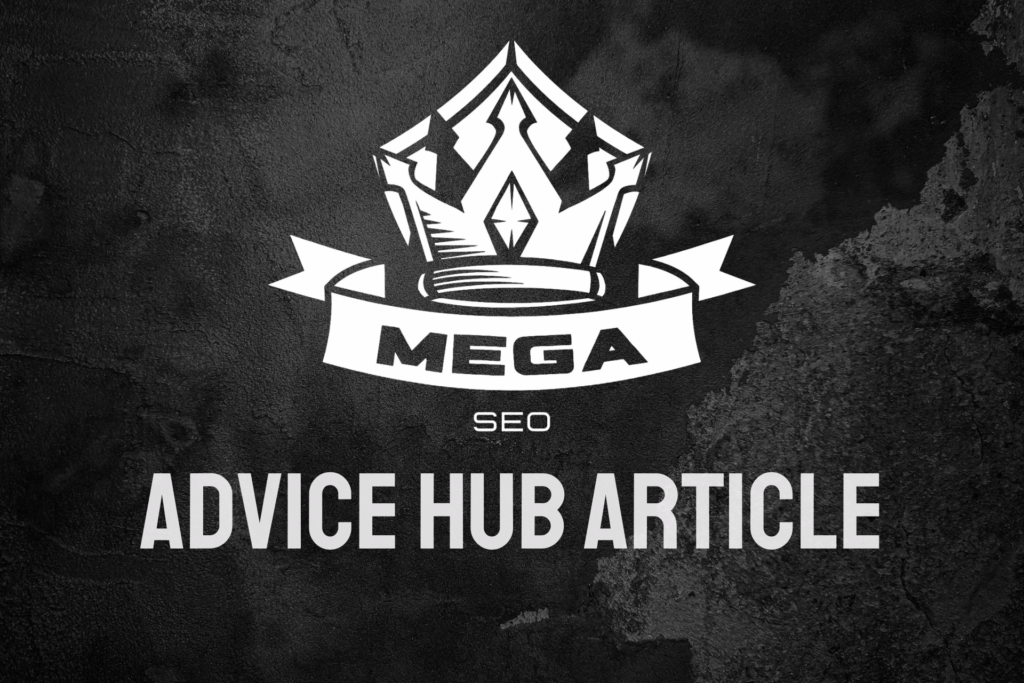Image compression plays a fundamental role in website performance and search engine optimisation. Properly compressed images maintain visual quality while significantly reducing file sizes, leading to faster page load times and improved user experience. This comprehensive guide explores the most effective image compression techniques and strategies to enhance your website’s SEO performance.
Why Does Image Compression Matter for SEO?
Search engines prioritise websites that deliver excellent user experiences, with page speed being a significant ranking factor. Large, uncompressed images can dramatically slow down your website, negatively impacting both user engagement and search rankings. Implementing proper image compression techniques forms a crucial part of technical SEO optimisation.
What Are the Different Types of Image Compression?
Image compression methods fall into two main categories:
Lossless Compression
This method reduces file size without sacrificing image quality. It works by removing unnecessary metadata and optimising the way image data is stored. Lossless compression proves particularly valuable for images containing text, logos, or sharp edges where maintaining clarity is essential.
Lossy Compression
Lossy compression achieves greater file size reduction by selectively removing some image data. When applied carefully, these changes remain virtually imperceptible to the human eye while delivering substantial performance benefits.
Which File Formats Should You Use?
Choosing the right file format significantly impacts compression effectiveness:
- JPEG (JPG) – Ideal for photographs and complex images with many colours. JPEG compression can significantly reduce file sizes while maintaining acceptable visual quality.
- PNG – Best for images requiring transparency or containing text, logos, and sharp edges. PNG files typically maintain higher quality but result in larger file sizes.
- WebP – Modern format offering superior compression for both lossless and lossy compression, providing an excellent balance between quality and file size.
- SVG – Perfect for logos, icons, and simple graphics. SVG files are scalable without quality loss and typically have small file sizes.
How Can You Implement Effective Image Compression?
Follow these best practices to optimise your images effectively:
Before Compression
- Choose Appropriate Dimensions – Resize images to their display size before compression. Serving oversized images wastes bandwidth and processing power.
- Consider Image Purpose – Different images serve different purposes. Product photos might require higher quality than decorative background images.
- Remove Unnecessary Metadata – Strip out EXIF data and other metadata unless specifically needed for your website’s functionality.
During Compression
- Use Progressive JPEGs – These load gradually, providing a better user experience on slower connections.
- Implement Responsive Images – Serve different image sizes based on device characteristics using srcset and sizes attributes.
- Automate Compression – Implement server-side compression or use build tools to automate the process for new images.
What Tools Can Help with Image Compression?
Several tools can assist with implementing effective image compression:
- Online Compression Tools – Services like TinyPNG and Compressor.io offer simple, effective compression options for individual images.
- Desktop Applications – ImageOptim (Mac) and FileOptimizer (Windows) provide batch processing capabilities with advanced compression options.
- Content Management System Plugins – WordPress users can leverage plugins like Smush or ShortPixel for automated compression.
- Build Tool Integration – Developers can integrate image compression into their build process using tools like webpack or Gulp.
How Can You Monitor Image Compression Performance?
Regular monitoring ensures your image compression strategy remains effective:
- Page Speed Tools – Use Google PageSpeed Insights to identify image-related performance issues and opportunities for improvement.
- Analytics Data – Monitor page load times and user engagement metrics to assess the impact of image optimisation efforts.
- Visual Testing – Regularly check compressed images across different devices to ensure quality remains acceptable.
These monitoring practices align with broader on-page SEO strategies, helping maintain optimal website performance.
What Role Does CDN Play in Image Delivery?
Content Delivery Networks (CDNs) complement image compression by:
- Geographic Distribution – Serving images from servers closer to users reduces load times.
- Automatic Format Selection – Modern CDNs can serve optimal image formats based on browser support.
- Dynamic Resizing – Some CDNs offer on-the-fly image resizing to serve appropriate sizes for different devices.
Implementing a CDN strategy alongside compression can significantly enhance your local SEO efforts by improving site speed for users in specific geographic areas.
How Does Mobile-First Indexing Impact Image Compression?
With mobile-first indexing, optimising images for mobile devices becomes paramount:
- Responsive Images – Implement responsive image solutions to serve appropriately sized images to mobile devices.
- Mobile Network Considerations – Consider variable network conditions when setting compression levels.
- Loading Priorities – Use lazy loading for images below the fold to improve initial page load times.
Enhance Your Website’s Performance with Professional SEO Support
Implementing effective image compression requires technical expertise and ongoing maintenance. Our SEO team based in Wigan specialises in comprehensive website optimisation, including advanced image compression strategies. We understand the unique challenges UK businesses face and provide tailored solutions to improve your website’s performance and search engine rankings.
Ready to optimise your website’s images and boost your SEO performance? Contact us to discuss how our expert team can help implement effective image compression strategies and enhance your overall digital presence.




